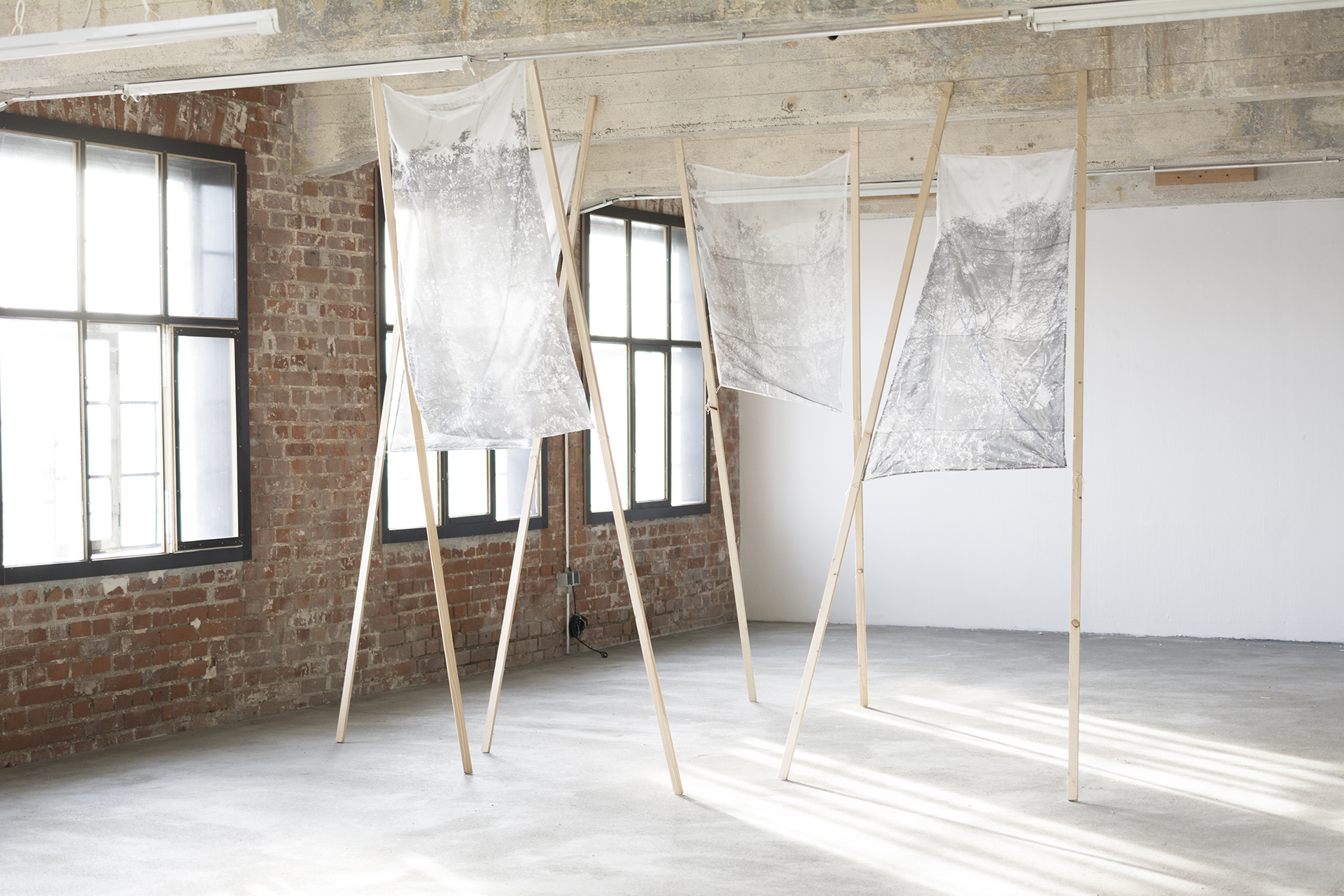
Dreaming the woods II,, 2019. Installation: wood and transfer on silk, variable measures.
At Overwhelmed Incorporeal Happiness, curator Patricia Brien, PILOTENKUECHE, Leipzig, Germany, 2019.
The project Dreaming the woods is about the ephemeral experience of standing in front of a tree; about the incorporeal experience of remembering nature. The work reflects on the relationship between human beings and nature, on that “natural” and primitive contact. It is a work about memory. I seek to reconnect with nature through memory. To remember the sensation of facing the wind, the leaves, the grass... The work is not explicit, everyone will read in it their own memory. Bringing nature as a memory to the city is the only way to make it present.
In Dreaming the woods III, the action takes place in a landscape desolated by the cold. The trees only keep their bare branches standing. The action is a ritual, a dance, where the body uses an artifact that serves to remember the life of the forest. The artifact, or prosthesis, is a wooden structure that supports on its upper part a silk that contains the memory of a lush forest. As if it were a filter, the body observes the forest through it and superimposes leafy leaves over the skeletal trunks of the landscape. The action of remembering the forest is driven by music, a song of wind instruments. The slowed down video shows in slow motion every detail of the action.
Following the line of reflection of Dreaming the woods, the project Beautiful pieces of countries was born during the days of confinement in Madrid. The confinement in a city like Madrid was hard. Life became a close relationship with the walls of the house. Through the windows, the landscape was still urban: buildings and concrete. The need for nature became evident. I missed being confronted again with those sublime natural landscapes. So I immersed myself in Maderuelo’s reading on landscape. In the book “El paisaje, génesis de un concepto” (Landscape, the genesis of a concept) Maderuelo talks about the first conceptual mentions of landscape, when there was still no specific term to describe it, that is to say, when the word “landscape” did not yet exist. He then tells us that Vicente Carducho published a treatise entitled “Diálogos de la pintura” (Dialogues of painting) in 1633, in which, in an attempt to refer to the enjoyment of a real place situated on the banks of the Manzanares river, without finding the exact term to name this real and concrete place, he uses the phrase “bellos pedazos de Paises” (beautiful pieces of countries). In an astonishing way Carducho explains with his expression the genesis of the modern term landscape in Spanish.
If we go deeper into the definition of landscape, Maderuelo enlightens us on the subject: “the landscape is not an objective entity or a set of quantifiable physical elements, but it is a subjective relationship between man and the environment in which he lives, a relationship which is established through the gaze”. Therefore, landscape could be understood as any relationship which captures and moves the gaze. In this sense, the project Beautiful pieces of countries proposes to capture the landscape that emerges from small elements of nature.
During “walk time”, short and strict outings allowed during confinement, I began to collect small items to take home: stones, pieces of rock, leaves, branches, plants, among others. It was a way of preserving that nature that I needed so much. Maybe they were souvenirs of those encounters. The collected elements were not just anything, they were very peculiar elements that caught my attention, they were sublime elements before my eyes. Each one of them contained a world, they hinted at an imaginary place to wander. The objects at home functioned as micro landscapes. I took my camera and decided to photograph those pieces of nature. From the image I turned them into matter. Using transfer the landscapes were etched into the textile resulting in this subtle series of micro-landscapes. These evocative landscapes helped me to alleviate the feeling of artifice and escape to dreamlike places that I only saw through them.
The artworks Dreaming the woods I, II and III, and Wearable Landscape were produced at the International Art Program PILOTENKUECHE and were funded by the “Residency abroad for young artists in the field of visual arts fellowship” by the Government of the Comunidad de Madrid.
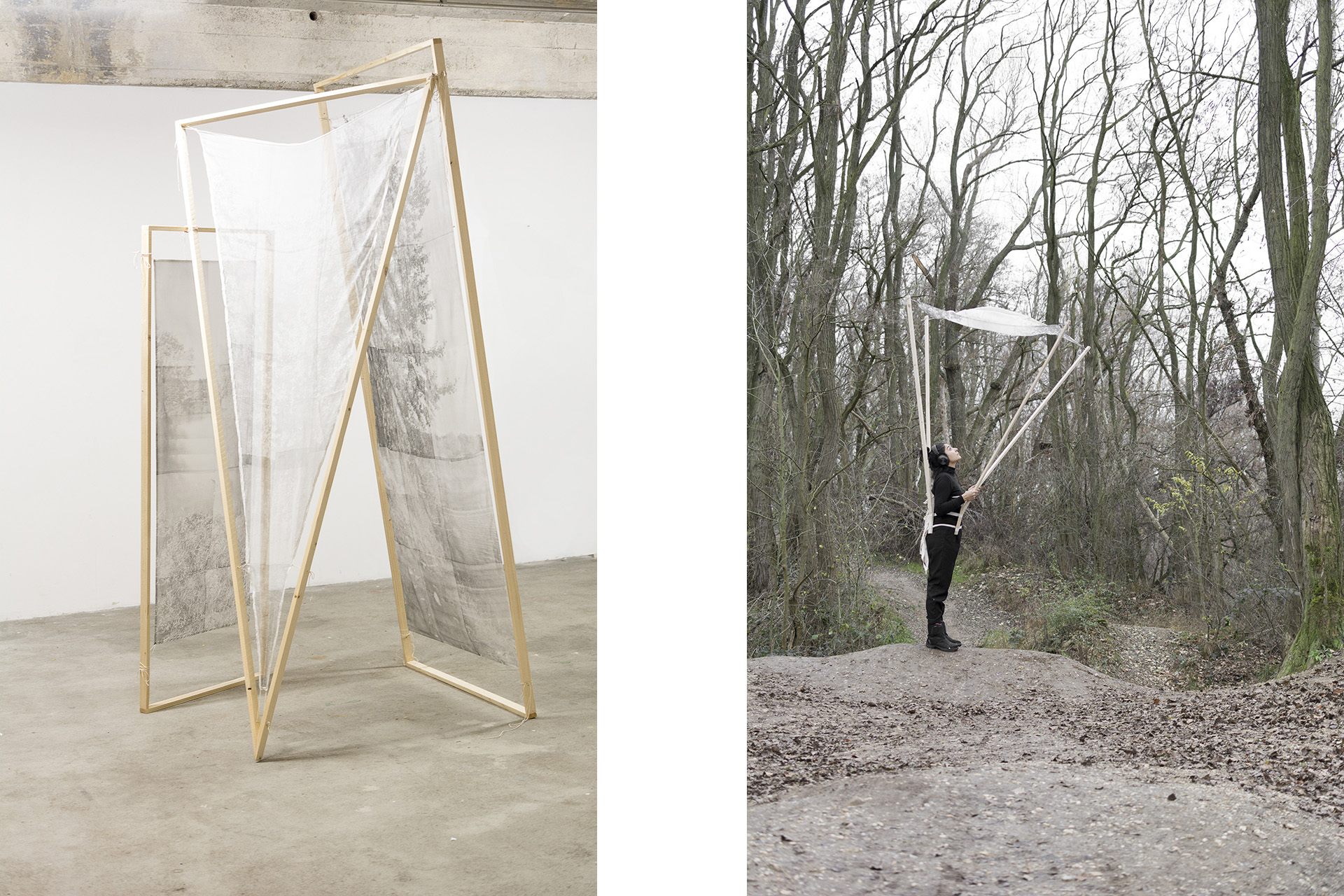
Left: Dreaming the woods I, 2019. Transfer on silk and wood, 130 x 240 x 115 cm.
Right: Dreaming the woods III, 2019. Videoperformance, single-channel, colour, sound, 21’ 14’’. Still.
Dreaming the woods III, 2019. Videoperformance, single-channel, colour, sound, 21’ 14’’.

Wearable landscape, 2019.
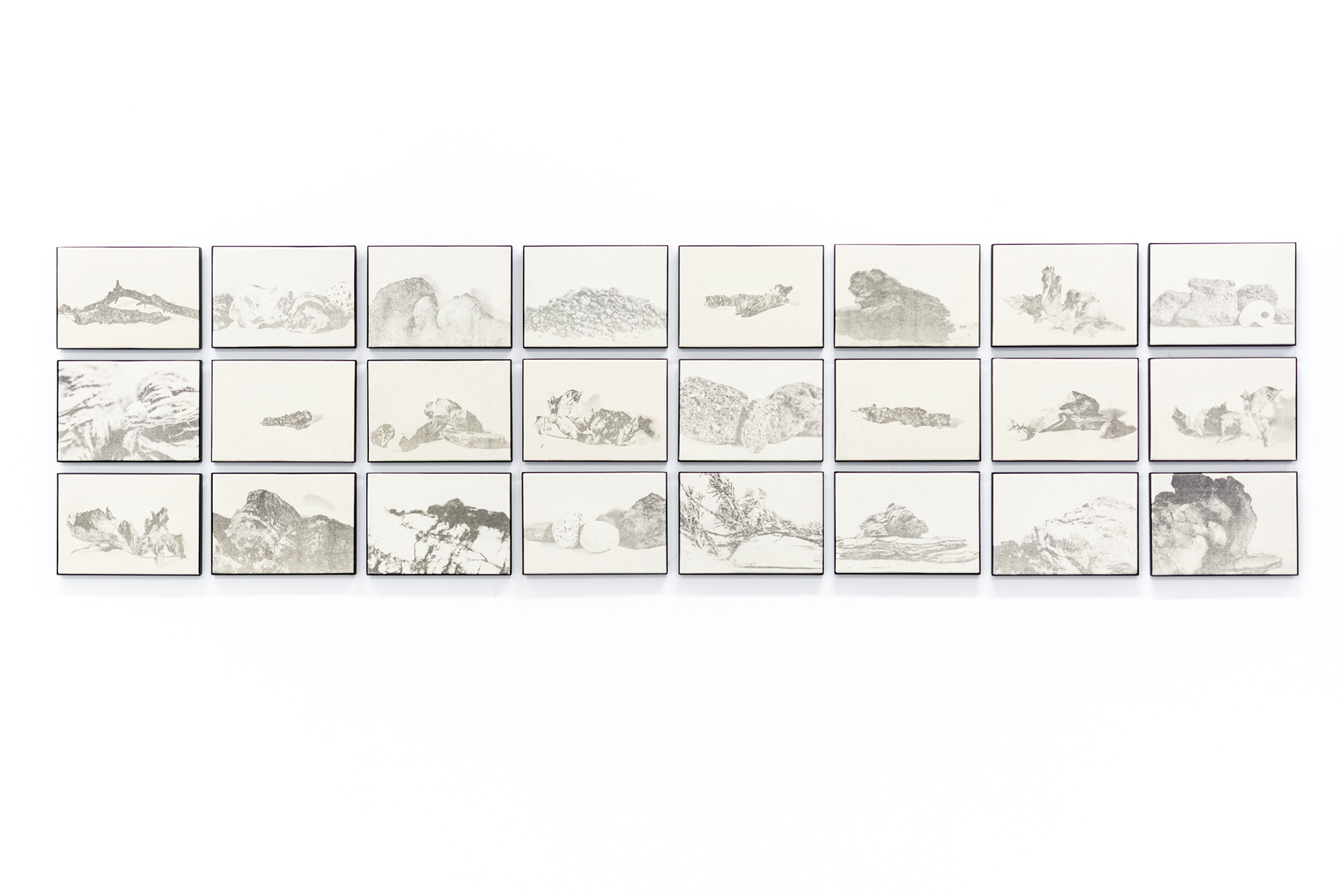
Beautiful pieces of countries I, 2020. Polyptych: 24 pieces, photography and transfer on textile and black iron frame, 230 x 71 cm.

Beautiful pieces of countries I, 2020. Polyptych: 24 pieces, photography and transfer on textile and black iron frame, 230 x 71 cm, 27 x 19 cm each.
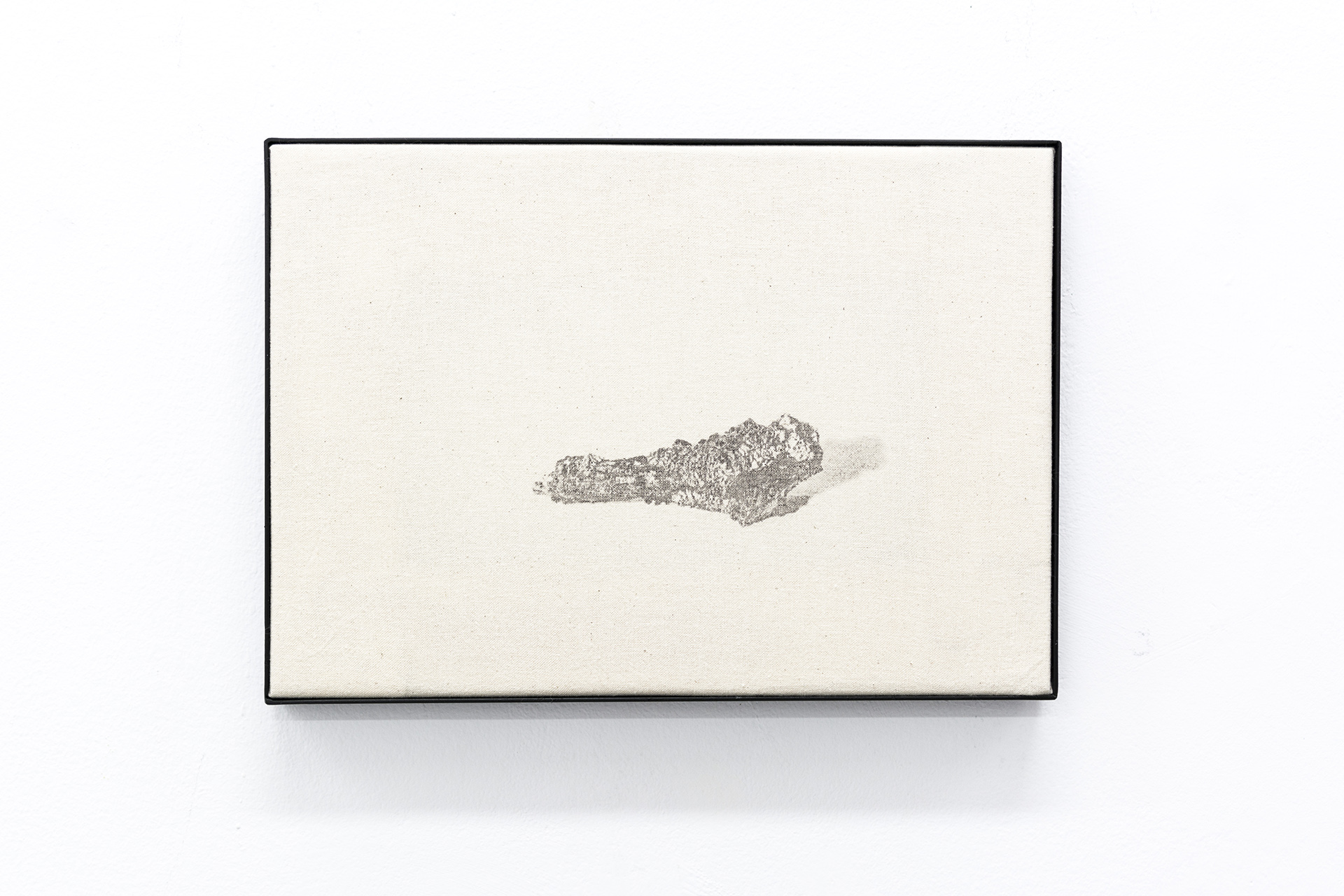
Beautiful pieces of countries I, 2020. Polyptych: 24 pieces, photography and transfer on textile and black iron frame, 230 x 71 cm, 27 x 19 cm each.
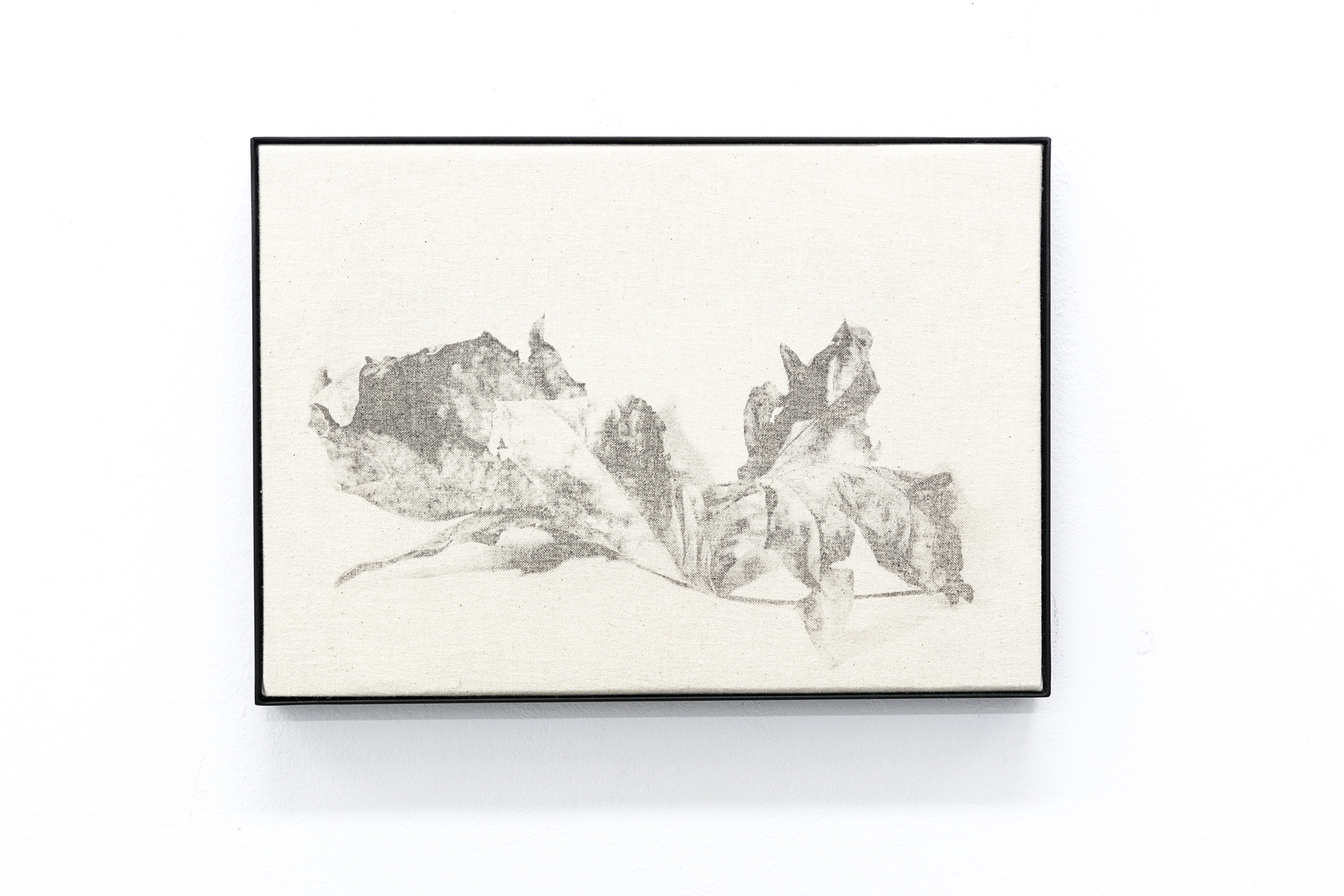
Beautiful pieces of countries I, 2020. Polyptych: 24 pieces, photography and transfer on textile and black iron frame, 230 x 71 cm, 27 x 19 cm each.
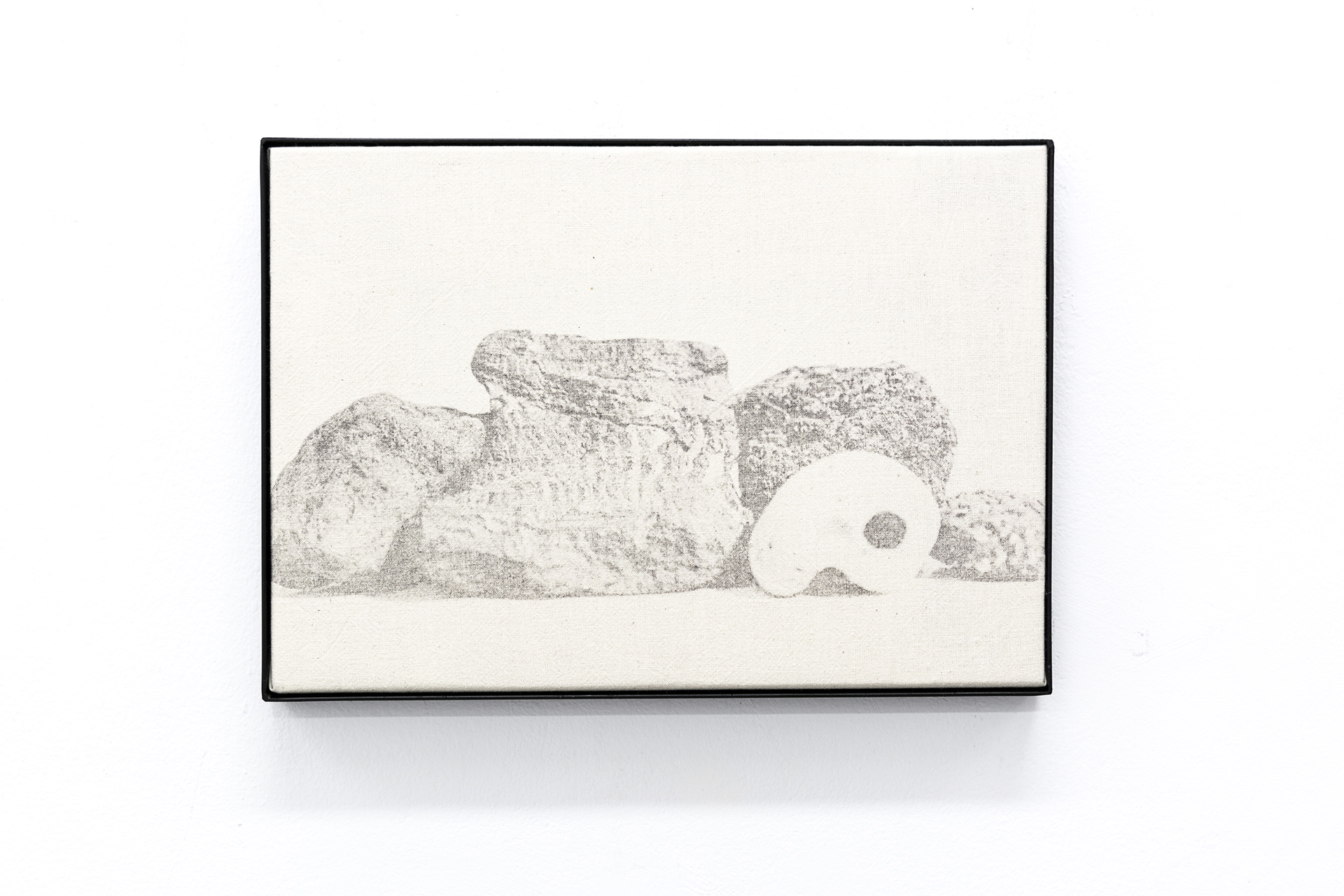
Beautiful pieces of countries I, 2020. 24 pieces, photography and transfer on textile and black iron frame, 230 x 71 cm, 27 x 19 cm each.
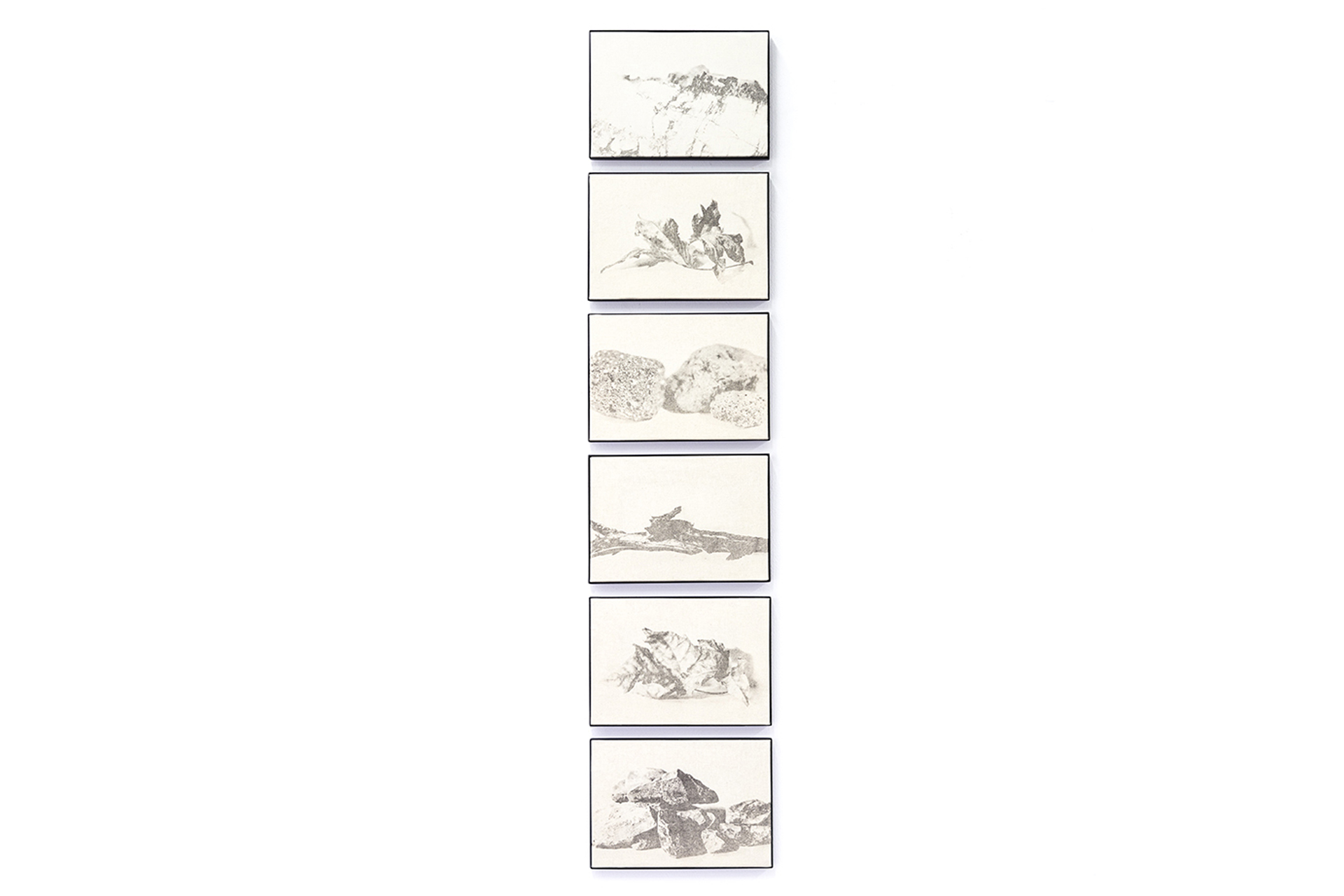
Beautiful pieces of countries II, 2020. Polyptych: 6 pieces, photography and transfer on textile and black iron frame, 27 x 126 cm, 27 x 19 cm each.